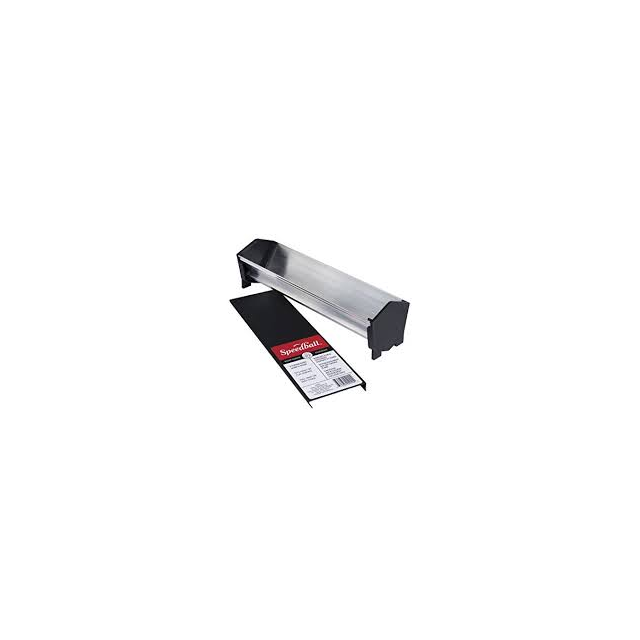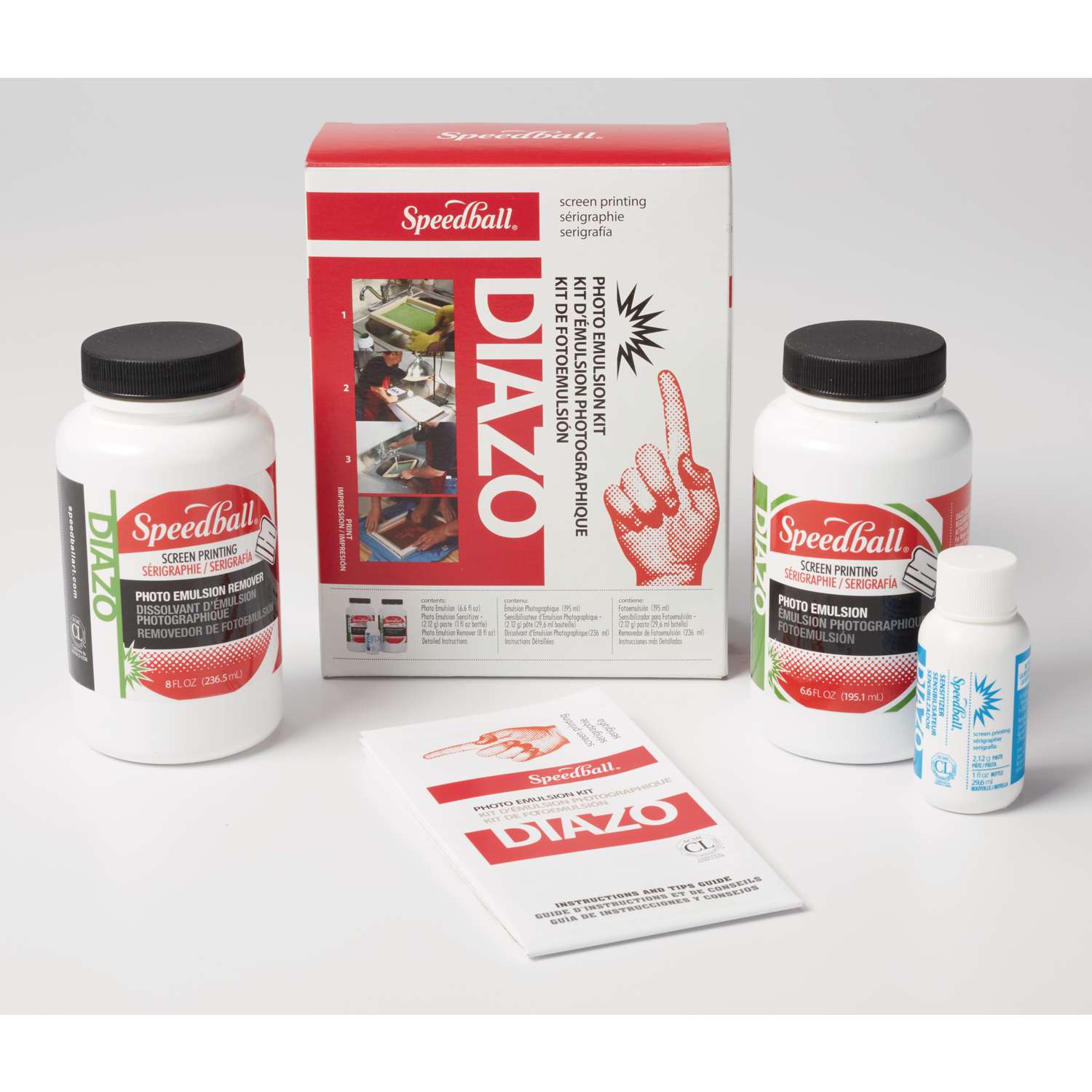



What you need: a screen While I used a ready-made Speedball frame for this project, making your own screens is cheaper, and not hard to do.
#SPEEDBALL PHOTO EMULSION SUNLIGHT HOW TO#
How to Silk Screen has a good overview of the photo-emulsion process.
#SPEEDBALL PHOTO EMULSION SUNLIGHT MOD#
Threadbanger has an excellent D.I.Y Screen Printing Instructable which covers making screens using old embroidery hoops and using Mod Podge to put your image on the screen. Check out Screen Printing: Cheap, Dirty, and At Home for info on making your own screens and using the sun to expose your photo-emulsion.

For this project, I went with a ready-made screen and images printed in black on transparencies. There are some great Instructables up on the site already for screen printing methods, but there's always room for more. If you use textile ink, you can heat-set the ink after it dries, and it'll be permanent and washable. Finally, you lay the screen on your t-shirt, other fabric, or paper, spread ink on the inside of the screen, and press the ink through the screen. After exposing the screen, you spray down the screen with water, washing off the emulsion only where your image was placed this clear area is where ink will be pressed through the screen when you print. Where the light is blocked (ie where your black image is placed) the emulsion remains water-soluble. Where the light strikes the screen, the emulsion will bind, making a solid layer. The light causes the emulsion to harden and bind to the fabric. You then take a black image on transparent or translucent surface, place it against the screen, and then expose the screen to light. The general idea: After stretching fine-mesh cloth over a wooden frame, you spread a thin layer of photosensitive emulsion on the screen and let it dry. This Instructable covers the standard photo-emulsion screen printing process, which is great for printing text or images with fine detail.and at the end, you have your own personally-designed entirely unique prints on fabric, clothing, paper, or whatever else you can get under your screen. How do you print a ton of t-shirts and patches fast? Here's how I did it. Do not use paper.Sometimes you need to your message out quickly and cheaply. Use small test pieces first and adjust time if needed. (18 inches) 11"x17" stencil, expose for 9 minutes (16 inches) 8.5"x11" or smaller, Standard or HiDef, expose for 7 minutes Exposure Time: Expose EZScreen Stencil according to the exposure time table below. The foil allows the light to burn the stencil evenly, otherwise the edges may be under-exposed.Ĥ. Be sure that the foil does not block the light from the stencil. The foil should cover the length of the exposure board. Exposing 11”x17” Large Stencil: Wrap aluminum foil around pieces of cardboard and place around 13"x19" exposure board to create a box with 4 sides. Be certain that the light is facing straight down.ģ. Set Lamp Height: Set the height at 16” from exposure board unit for 8.5”x11” stencil or smaller and 18” above for 11”x17” large stencil. Remove both light guards they may create shadows on your stencil if they are not removed.Ģ. Read all instructions included in EZScreenPrint kit or refill sheets.ġ. These instructions are for using the Speedball light kit with 250 watt photoflood bulb.


 0 kommentar(er)
0 kommentar(er)
